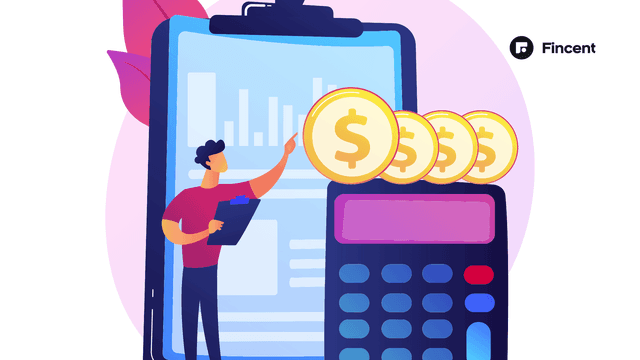- Glossary
- Inflation Indexing
Tax Indexing
Tax indexing is the process of adjusting the various tax rates in response to inflation and to prevent bracket creep.When inflation forces income into higher tax brackets, bracket creep occurs, raising income taxes without increasing real buying power. By changing the tax rates before the creep takes place, tax indexing aims to eliminate the possibility of bracket creep.
Understanding Tax Indexing
Indexing a given price or payment to other prices can serve two main purposes. It can be used either to maintain a stable relative price between two or more goods or services or to maintain a stable real price of a good or service relative to the purchasing power of a currency unit. Indexation is a pre-specified process, meaning that all parties involved are typically aware of how the link works.
In general, changes in economic conditions that affect purchasing power are not immediately reflected in the income tax legislation. To sustain the taxpayer's purchasing power during the inflationary period, tax indexing relates the taxpayer's income and tax rates to an index.
Advantages of Inflation Indexing:
In order to compensate for the decline in purchasing power and prevent having to pay greater taxes as a result of inflationary returns, tax indexing offers an inflation adjustment factor through a type of indexation.
Disadvantages of Inflation Indexing:
A taxpayer's income may shift into a higher tax band as a result of an inflation adjustment, which would result in greater taxes. Without a significant rise in purchasing power, the overall increment could be negative.
How Tax Indexing works
Tax indexing is a technique for maintaining the general public's purchasing power during periods of inflation by connecting taxes, wages, or other rates to an index. Since tax regulations typically take time to adapt to shifting economic conditions, bracket creep is more likely to happen during periods of inflation.
The purpose of tax indexing is to prevent bracket creep. It assists taxpayers in maintaining their similar purchasing power and prevents higher tax rates brought on by inflation by utilizing a form of indexation.
Since tax indexing is permitted in the US every year, legislative approval is not required for this adjustment. The majority of elements of the federal income tax are already inflation-indexed. As a result, states that closely align their income tax laws with federal regulations will have an easier time avoiding inflationary tax increases.
In order to prevent bracket creep, a government with a system of tax indexing in place can change the tax rates in lockstep with inflation. When there is a need to stabilize economic development during times of excessive inflation, tax indexing is especially crucial.
Key Takeaways
The various tax rates are adjusted through tax indexing to account for inflation and prevent bracket creep.
When income is forced into higher tax bands due to inflation, bracket creep happens, raising income taxes without really increasing purchasing power.
Since tax indexing is an annual government practice allowed in the US, congressional permission is not required for this change. If there is a tax indexing mechanism in place, the government can raise tax rates in lockstep with inflation and avoid bracket creep.


